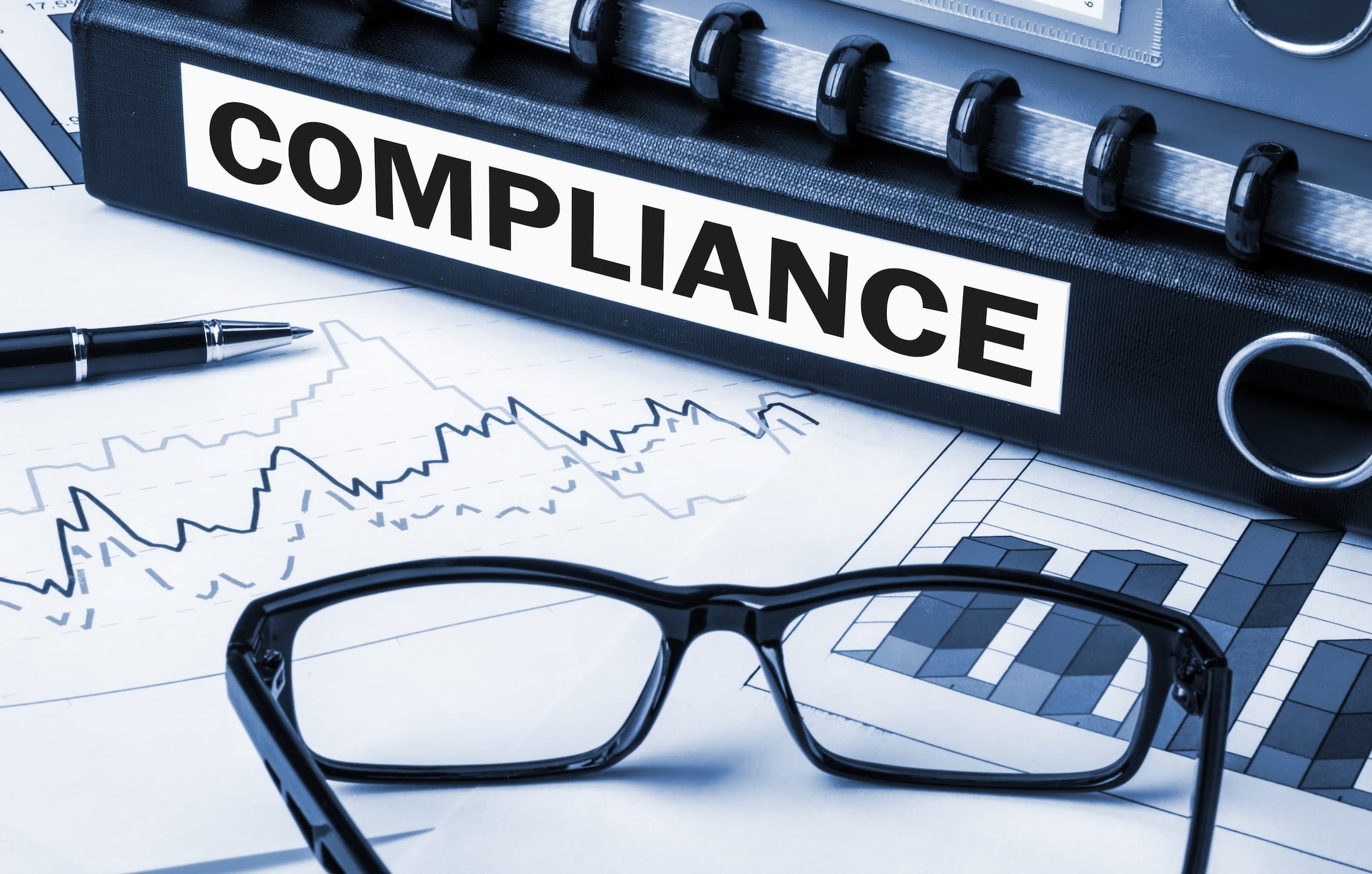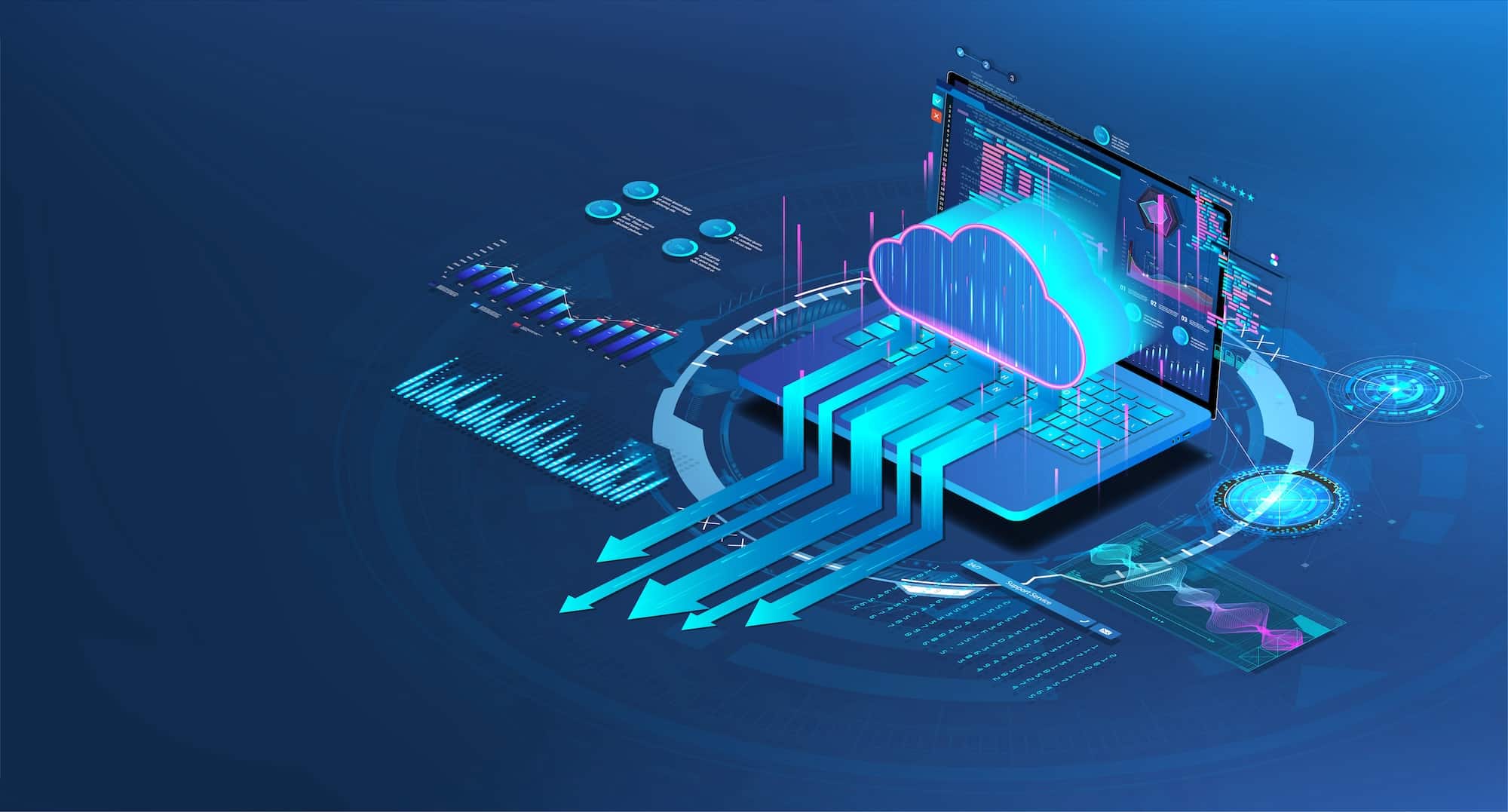Effective workforce management is more critical than ever. Human Resources departments are at the forefront of this challenge, striving to manage talent efficiently while keeping employees engaged and satisfied. One of the most powerful tools at their disposal is HR technology. By leveraging advanced HR technology solutions, businesses can streamline their HR processes, improve decision-making, and enhance overall workforce management. This time on the blog we take a look at how HR technology can be leveraged to achieve these goals and its benefits for modern businesses.
What is HR Technology All About
HR technology encompasses various digital tools and software designed to automate and enhance HR functions. These tools can manage everything from recruitment and onboarding to performance management, payroll, employee engagement, and more. By integrating these technologies, HR departments can create a seamless and efficient workflow that improves employee and organizational outcomes.
The 6 Key Benefits of HR Technology for Workforce Management
1. Streamlined Recruitment and Onboarding
Recruitment and onboarding are among the most critical HR functions. Advanced HR technology solutions can streamline these processes by automating job postings, applicant tracking, and candidate evaluations. Artificial Intelligence (AI) and machine learning algorithms can help identify the best candidates by analyzing resumes and matching them with job requirements. Once hired, new employees can benefit from automated onboarding processes that provide the necessary resources and training materials, ensuring a smooth transition into their roles.
2. Enhanced Employee Engagement and Retention
Employee engagement is a key driver of productivity and retention. HR technology can significantly enhance engagement by providing platforms for regular feedback, recognition, and communication. Tools such as employee surveys, performance management systems, and recognition programs enable managers to stay connected with their teams, address concerns promptly, and reward achievements. Organizations can improve employee satisfaction and reduce turnover rates by fostering continuous feedback and recognition.
3. Efficient Performance Management
Performance management is essential for developing talent and ensuring employees are aligned with organizational goals. HR technology can facilitate this by offering robust performance management systems that track employee goals, progress, and outcomes. These systems can provide real-time feedback, conduct performance reviews, and identify areas for improvement. By leveraging data and analytics, HR professionals can make informed decisions about promotions, raises, and professional development opportunities.
4. Accurate Payroll and Benefits Administration
Managing payroll and benefits can be complex and time-consuming. HR technology simplifies these processes by automating payroll calculations, tax withholdings, and benefits administration. This reduces the risk of errors and ensures that employees are paid accurately and on time. Additionally, self-service portals allow employees to access their pay stubs, tax documents, and benefits information, reducing the administrative burden on HR staff.
5. Improved Compliance and Risk Management
Compliance with labor laws and regulations is a critical responsibility for HR departments. HR technology helps ensure compliance by automating record-keeping, tracking employee hours, and managing documentation. Automated alerts can notify HR professionals of upcoming compliance deadlines or policy changes, reducing the risk of non-compliance and associated penalties. Additionally, HR technology can help manage workplace risks by tracking incidents, conducting safety training, and ensuring all employees know company policies.
6. Data-Driven Decision Making
One of the most significant advantages of HR technology is the ability to collect and analyze data. Advanced analytics tools can provide insights into various aspects of workforce management, such as employee performance, turnover rates, and engagement levels. By leveraging this data, HR professionals can identify trends, make informed decisions, and develop strategies to address workforce challenges. Predictive analytics can also help forecast future workforce needs and identify potential risks before they become critical issues.
How to Implement HR Technology Best Practices
While the benefits of HR technology are clear, successful implementation requires careful planning and execution. Here are some best practices for leveraging HR technology for better workforce management:
1. Assess Organizational Needs
Before implementing any HR technology, it’s crucial to assess your organization’s specific needs and challenges. Conduct a thorough analysis of existing HR processes and identify areas where technology can make the most significant impact. This assessment will help you choose the right tools and solutions that align with your business goals.
2. Choose the Right Technology
Selecting the right one can be daunting with a wide range of HR technology solutions. Consider factors such as scalability, ease of use, integration capabilities, and vendor support when choosing an HR technology solution. Look for platforms that offer a comprehensive suite of tools to address various HR functions and can grow with your organization.
3. Engage Stakeholders
Successfully implementing HR technology requires buy-in from all stakeholders, including HR professionals, managers, and employees. Engage stakeholders early in the process and communicate the benefits of the new technology. Provide training and resources to ensure everyone understands how to use the tools effectively and can leverage them to their full potential.
4. Prioritize Data Security
Data security is a critical consideration when implementing HR technology. Ensure that the chosen solution complies with industry standards and regulations for data protection. Implement robust security measures, such as encryption, access controls, and regular security audits, to safeguard sensitive employee information.
5. Monitor and Evaluate
Continuous monitoring and evaluation are essential to ensure the HR technology solution delivers the desired outcomes. Track key metrics, gather user feedback, and identify improvement areas. Regularly update the technology and processes to keep pace with evolving business needs and technological advancements.
HR technology continues to revolutionize workforce management. If you need help bringing them to bear on your business, call CBR today! Enjoy services specifically tailored to meet the needs of small and medium-sized businesses like yours.






























